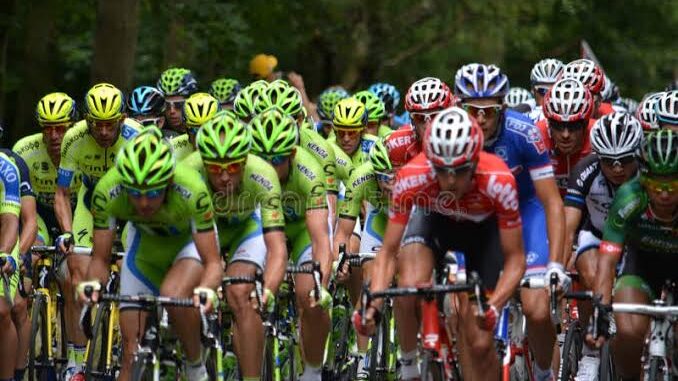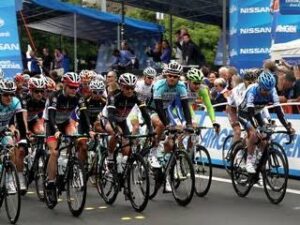

Although experienced cyclists can finish the entire 70km length in a few hours, I decided to cycle a 50km stretch over a single day. I was – quite ambitiously – armed with my experience as a child cyclist who leisurely pottered behind my father during his weekend rides in Sri Lanka. Luckily for me – and other beginners – Shimanamai Kaido is safe and easy to navigate, with luggage delivery services, rest spots, vending machines and bicycle repair shops along the way. The entire bike path is clearly indicated by a blue line painted on the side of the road, and is mostly car-free and flat with gradual inclines near the bridges with dedicated cycle passageways. Several companies offer bike rentals (including e-bikes), and cyclists can reAlthough a bridge connects Onomichi with the neighbouring Mukaishima Island, I opted for the short ferry ride between the two. When I rolled off the ferry in Mukaishima, I set off along the blue-lined pathway and rode past along the seafront, from where I could see the distant bridges of Shimanami Kaido as ferries drifted across the water. Before long, the next-door Iwashi Island came into view and I wheeled in along the circling road to my first crossing, the 770m-long Innoshima Bridge.
As I rode through Innoshima, patches of citrus groves clung to the hilly vistas, and I stopped for daifuku (Japanese rice cake) – stuffed with sweet, sour and slightly bitter local hassaku oranges – at the Hassakuya confectionery. With mild weather throughout the year and fewer typhoons, the Setouchi region (as the area surrounding the Seto Inland Sea is called) produces most of Japan’s lemons. In fact, the town of Setoda on Ikuchijima Island, almost at the midpoint of Shimanami Kaido, is regarded as the origin of lemon cultivation in Japan. It’s still a key production area, evident in a series of shops, restaurants and cafes that line the 600m picturesque main drag selling everything citrus-made from lemon ramen to lemon beer, tarts, cakes, juice and gelaSetoda is known as the number one producer of lemons in Japan (Credit: Zinara Rathnayake)After a long day, I decided to stay the night at a guesthouse. But first I headed to Setoda’s Kosanji Temple. Built over a span of 30 years by the steel merchant Kosanji Kozo in memory of her mother, the temple’s colourful pagoda replicates architectural styles from all over Japan and a dimly lit cave illustrates a Buddhist hell. It also houses an Italian white-marble garden called Miraishin no Oka (meaning “eternal hope for the future”) with gleaming towers. A couple of blocks away, I soaked at the town’s sento (public bath) where navy-blue mosaics cover the walls with murals of the sea.
In recent years, Setoda, like the surrounding islands, has seen a rise in accommodations, cafes and restaurants. When I spoke to Kubota later, she told me that Shimanami Kaido has helped revive the region where most locals have left for cities for better opportunities. With new businesses cropping up, she explained that some of the island’s younger people are now returning home. As locals, too, frequent these establishments, it’s now “gradThe next afternoon, I set off for another 9km with the plan of returning to Setoda for one more night. The palm-lined cycle path followed the coast, from where I could see, hear and feel the rhythm of the Seto Inland Sea. As I continued, other cyclists rode past and men gathered to fish. Ferries sailed. Grandmothers rode their bikes with groceries. At Setoda Sunset Beach, families came together for a weekend picnic, their laughter filling the air.
Leave a Reply